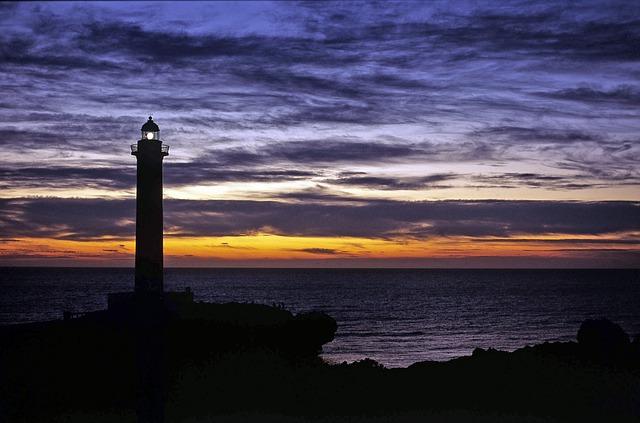
For more than 50 years, Faro Airport has been the gateway to southern Portugal’s sprawling beaches, picturesque fishing towns and luxury golf resorts.
After hitting the seven million passenger milestone last year – a record for the airport – it is set for further growth in 2017 and is on track to hit eight million.
 Alberto Mota Borges, Faro Airport director, says the growth has been boosted by the launch of eight new routes last winter and eight this summer, adding the likes of Nice, Warsaw Modlin, Budapest and Dresden to its network map.
Alberto Mota Borges, Faro Airport director, says the growth has been boosted by the launch of eight new routes last winter and eight this summer, adding the likes of Nice, Warsaw Modlin, Budapest and Dresden to its network map.
“The results achieved came from a consistent and systematic approach to carriers and tour operators, presenting our value and brand proposal as a destination and as an airport product point of view,” he says.
“Those routes were secured through a combined effort from the airport the local and national tourism entities, as well as other stakeholders.”
To cope with this rising demand, FAO’s long-awaited €32.8m terminal improvements were completed in July, increasing its capacity from 2,400 to 3,000 people per hour.
Work has included enlarging the terminal from 81,200 sq m to 93,120 sq m, constructing a security control area, and adapting its driveways and parking platform to better suit the needs of low-cost carriers.
“The big challenge is to ‘fill up’ the new capacity as soon as possible and to minimise the seasonality effects,” says Mota Borges.
“To capitalise the favourable momentum of tourist demand in Portugal and having FAO in a competitive context of a touristic airport we need to work in close cooperation with the tourism sector to ensure a competitive air accessibility to the Algarve region, allowing the development of new markets and sustaining the existing ones.”
Mota Borges says Faro Airport has a number of white spots it is looking to fill: “We still have markets that we have demand – hotel guests and indirect passengers – but no direct connections, like Italy, Russia, Finland, Czech Republic, Romania and North America.
“On the other hand, we have routes that we are chasing to become year-round operations, including ones to Germany, France and Poland.”
Mota Borges adds that regional stakeholders in the Algarve are working with Turismo de Portugal to position the region as a year-round destination. This includes 365 Algarve, a cultural programme designed to complement the traditional range of tourist activities on offer.
Top routes to Faro by capacity (Q2 2017)*
| Rank | Destination | Seats |
| 1 | London Gatwick (LGW) | 172,494 |
| 2 | Manchester (MAN) | 116,534 |
| 3 | Dublin (DUB) | 113,856 |
| 4 | London Luton (LTN) | 74,264 |
| 5 | Birmingham (BHX) | 71,781 |
| 6 | London Stansted (STN) | 70,070 |
| 7 | Bristol (BRS) | 59,474 |
| 8 | East Midlands (EMA) | 58,318 |
| 9 | Leeds Bradford (LBA) | 57,391 |
| 10 | Lisbon (LIS) | 56,874 |
*Data provided by OAG





